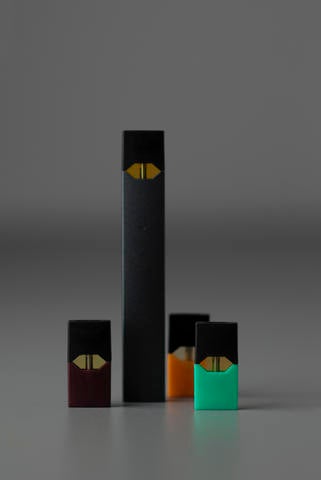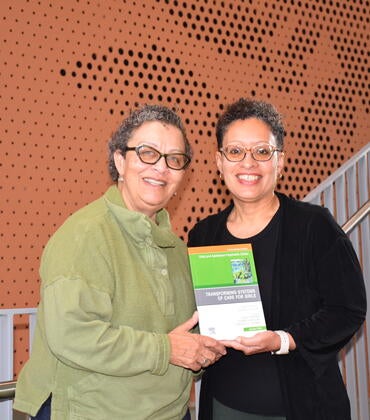
Little is known about the potential health effects of JUUL e-cigarette products that have recently risen in popularity, especially among adolescents. The Food and Drug Administration, or FDA, has a growing concern about this uptick in their use because these electronic cigarettes deliver nicotine — a highly addictive stimulant, with potential to affect the still-developing adolescent brain.
A research team led by Prue Talbot, a professor in the Department of Molecular, Cell and Systems Biology at the University of California, Riverside, and James F. Pankow, a professor of chemistry as well as civil and environmental engineering at Portland State University, Oregon, has now found that nicotine concentrations are higher in JUUL electronic cigarettes than in any of the hundreds of other electronic cigarette products the team analyzed.
“The nicotine concentrations are sufficiently high to be cytotoxic, or toxic to living cells, when tested in vitro with cultured respiratory system cells,” said Talbot, the director of the UCR Stem Cell Center. “JUUL is the only electronic cigarette product we found with nicotine concentrations high enough to be toxic in standard cytotoxicity tests. A big concern is that its use will addict a new generation of adolescents to nicotine.”
Study results appear in Chemical Research in Toxicology.
JUUL e-cigarettes are made by JUUL Labs, an electronic cigarette company. JUUL use is widespread among middle and high school students.
The research team made a second finding: Although each flavor of the JUUL pod — eight different flavors are available — has relatively few flavor chemicals, several of these chemicals are present in high concentrations.
“Some JUUL flavor pods have sufficiently high concentrations of flavor chemicals that may make them attractive to youth,” Pankow said. “We still need to determine if JUUL products will lead to adverse health effects with chronic use.”
“We found some flavor chemicals, such as ethyl maltol, also correlate with cytotoxicity, but nicotine seems to be the most potent chemical in JUUL products, due to it very high concentration,” Talbot said.
The nicotine found in JUUL products is currently, on average, about 61 milligrams per milliliter of fluid in pods—equivalent to more than one pack of conventional cigarettes.
Talbot is hopeful that the FDA will limit the permissible concentration of nicotine in electronic cigarette products.
“The FDA is trying to prevent sales of JUULs to those under 21, but these products still find their way into high schools,” she said. “Our data reinforce the need to prevent adolescents from using products with these extremely high nicotine concentrations.”
UCR prohibits smoking and the use of smokeless tobacco products or electronic smoking devices, including JUULS, on campus.
“Despite advertisements promoting e-cigarettes and JUUL products as smoking cessation tools, studies have shown, concerningly, that increasing use of these products among youth and adolescents can serve as gateways to tobacco and other substance abuse,” said Julie Chobdee, the coordinator of the Wellness Program at UCR, who did not participate in the study.
Talbot explained that various flavor chemicals present in e-cigarette refill fluids, such as diacetyl, cinnamaldehyde, menthol, and ethyl vanillin, are popularly found in sweet, buttery/creamy and fruity/citrus e-liquids.
“Depending on their concentrations in the products, these chemicals can elicit varying toxic effects, as has been noted in case reports and laboratory studies,” she said. “For example, diacetyl is a flavoring ingredient commonly found in popcorn. Inhalation of diacetyl, however, can cause a serious lung disease called bronchiolitis obliterans.”
Talbot and Pankow were joined in the study by Esther E. Omaiye of UCR; and Kevin J. McWhirter and Wentai Luo of Portland State University.
The research was supported by the National Institute on Drug Abuse of the National Institutes Health under award number R01DA036493. The content of this news release and the research paper is solely the responsibility of the authors and does not necessarily represent the official views of the National Institutes of Health.




